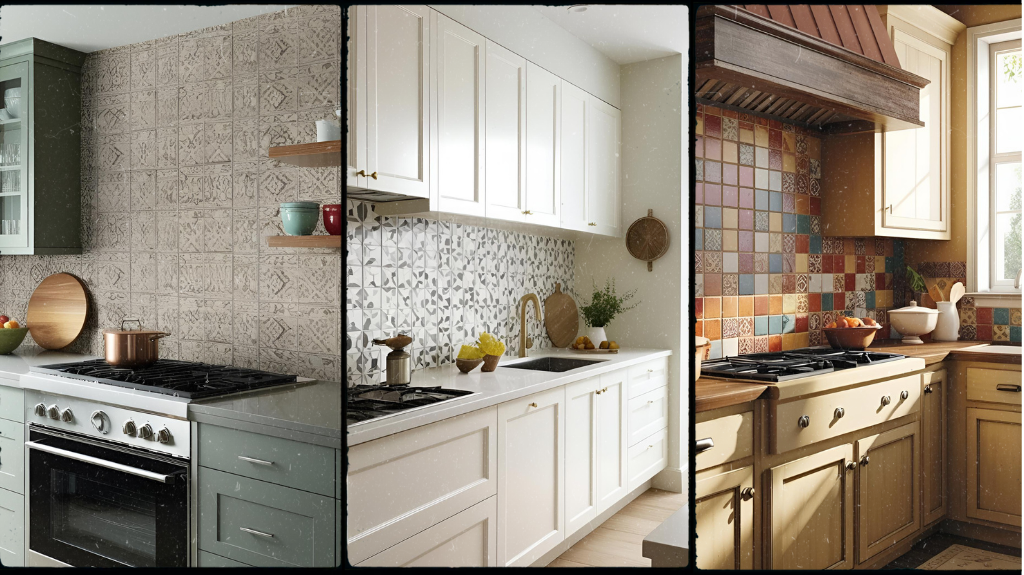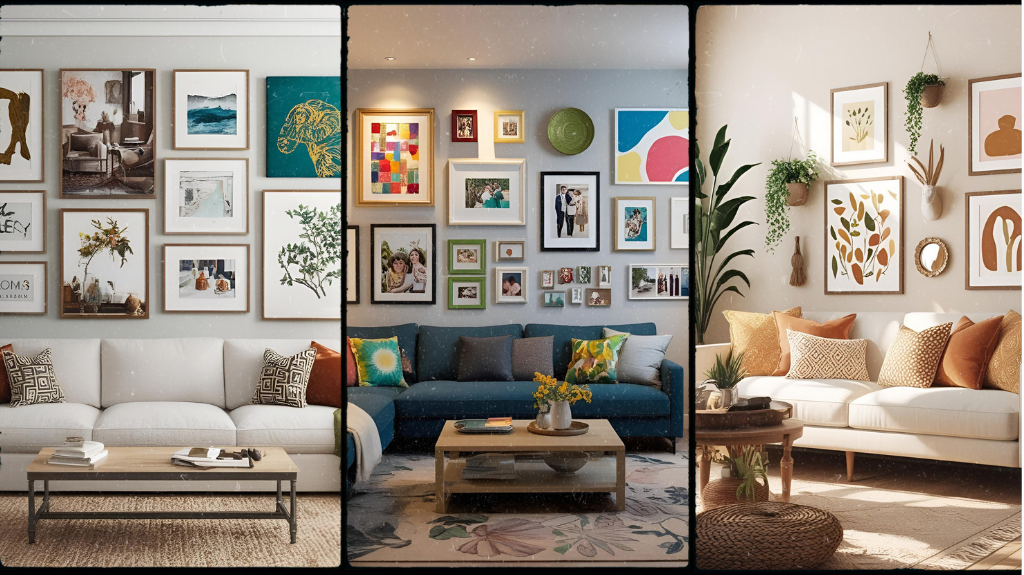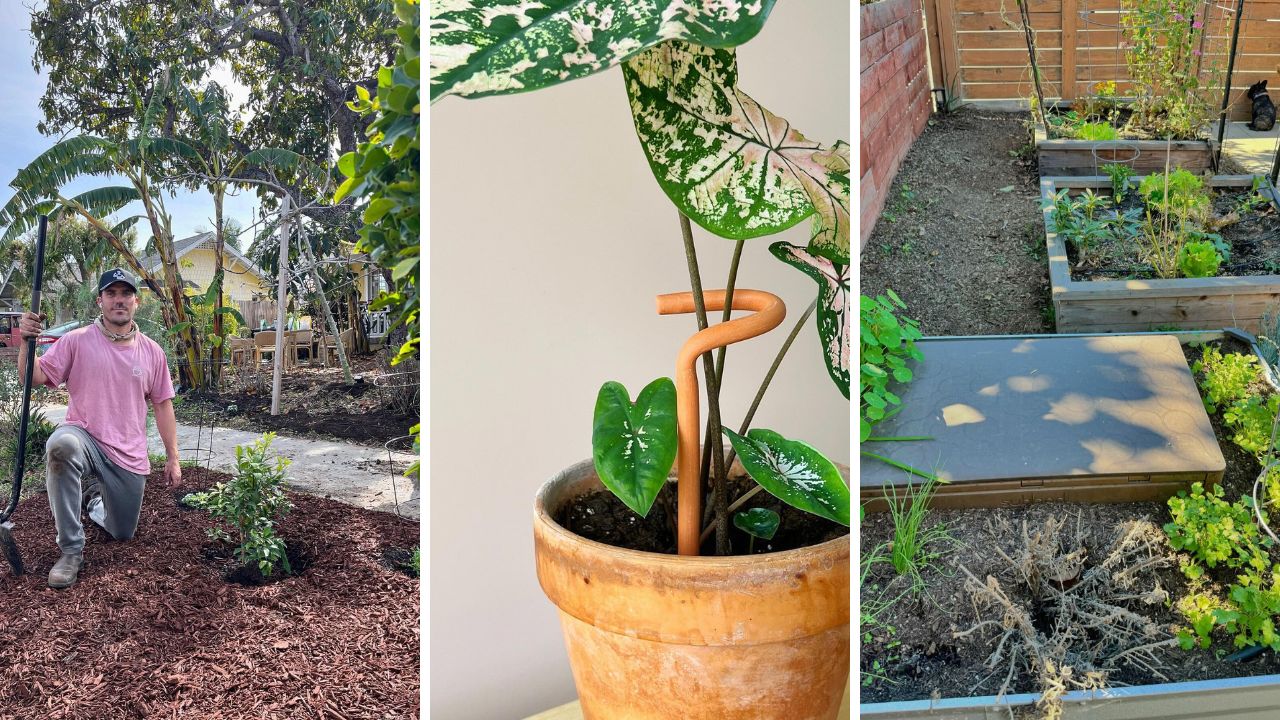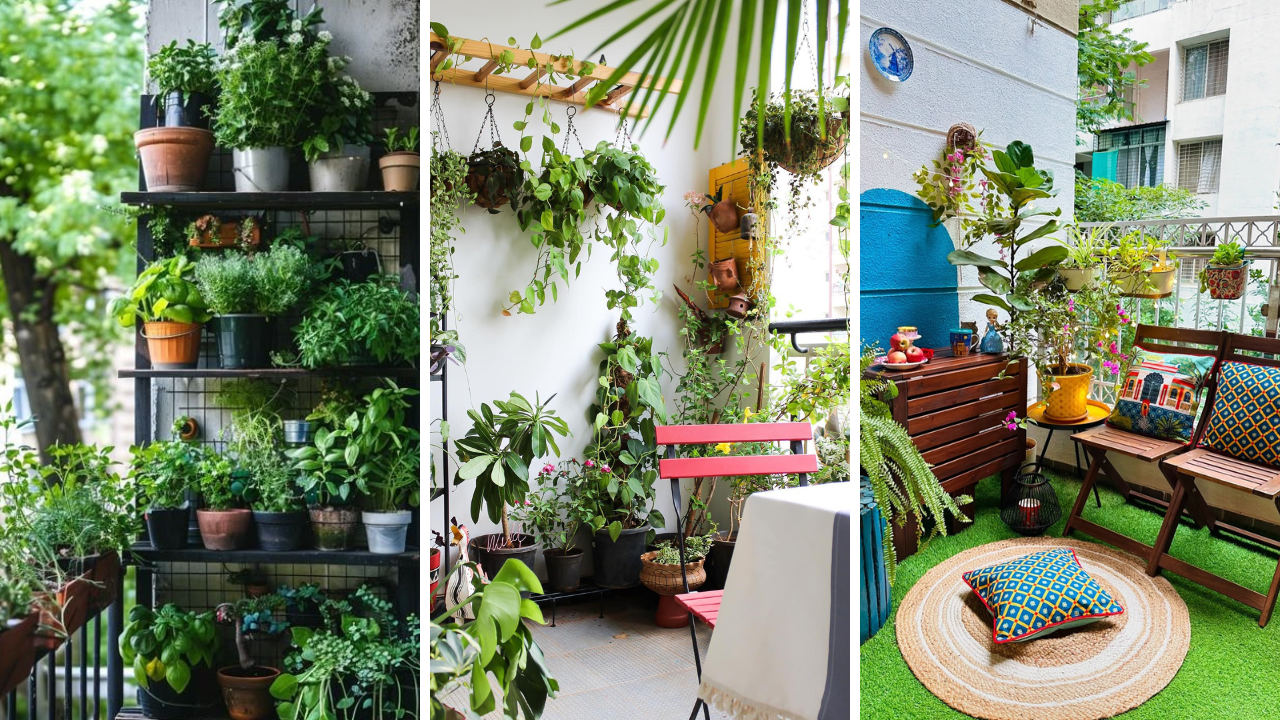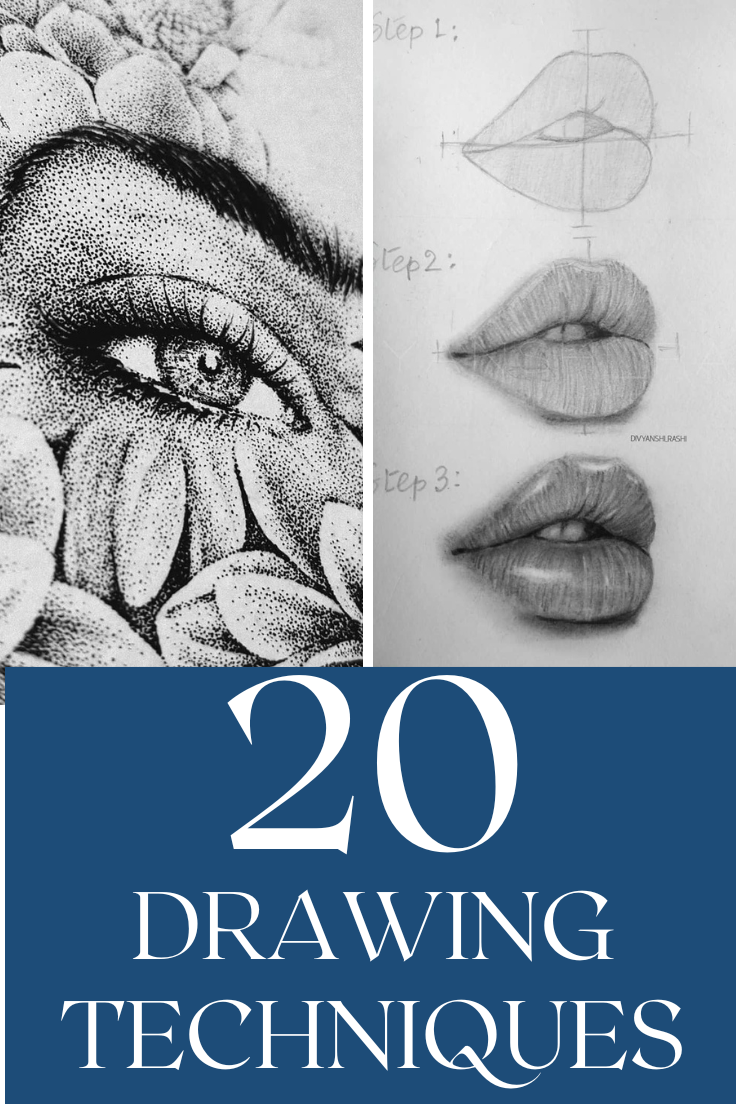
Drawing is one of the most fundamental and versatile forms of artistic expression. Whether you’re sketching for fun or working toward mastering the craft, understanding key drawing techniques can elevate your art to new heights. As an artist, the variety of techniques available to you may seem overwhelming at first. However, when practiced and perfected, each technique will give you the ability to add depth, texture, and life to your artwork. This post will guide you through 20 essential drawing techniques every artist needs to know, whether you’re just starting or looking to refine your skill set. Along with each technique, I’ll recommend some of the best tools available on Amazon to help you execute your drawings with precision and creativity. By the end of this post, you’ll be equipped with the knowledge to enhance your drawing skills and create artwork that wows!
1. Hatching – The Power of Lines
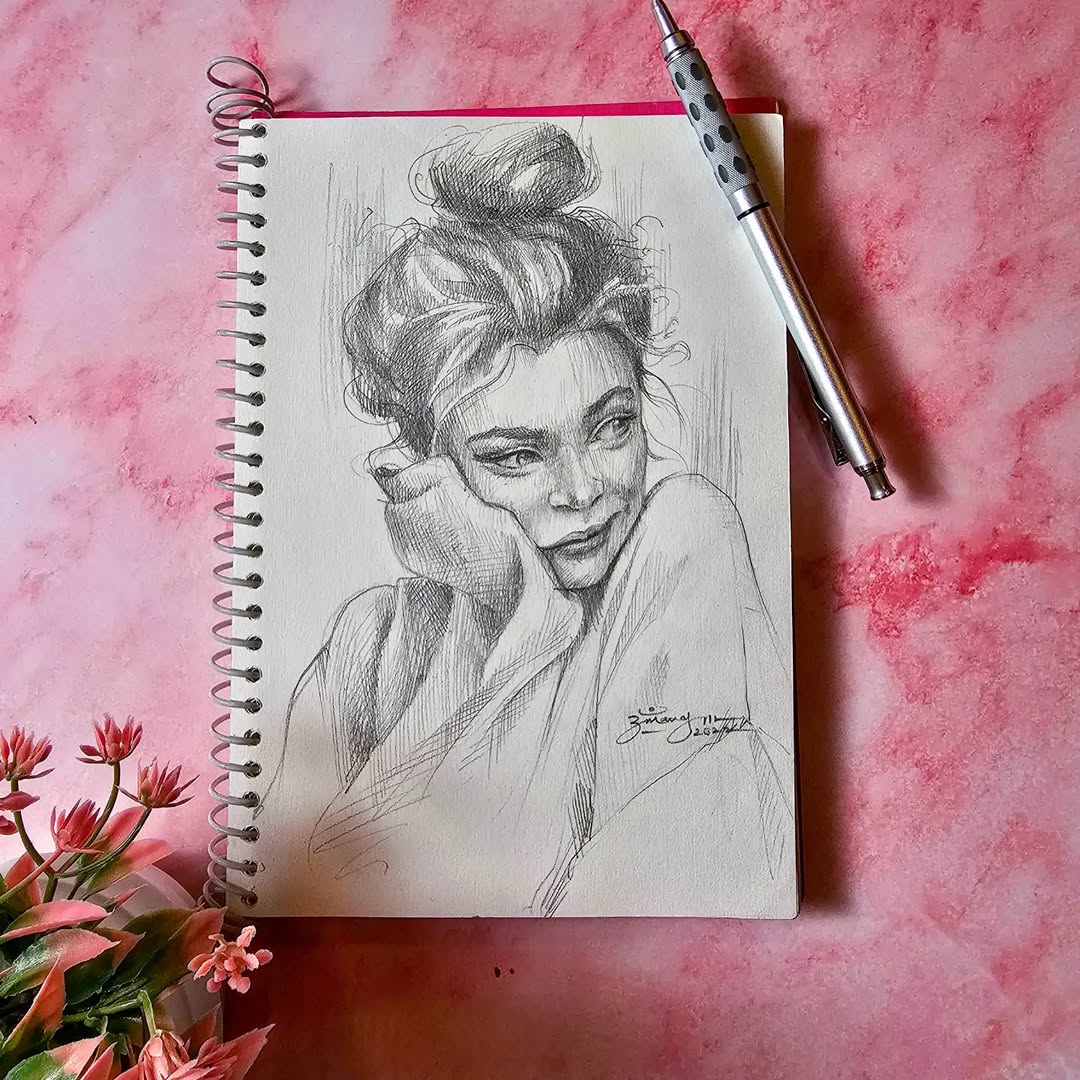
sourc e @umangzart
Hatching is one of the most fundamental drawing techniques. This method involves using parallel lines to create shading and texture. The closer the lines are placed together, the darker the area will appear. This technique is ideal for creating controlled shading in your drawings and can be used in everything from portraits to landscapes. Hatching is a great way to build up gradual tones in your artwork without relying on solid fills. To make the most of this technique, choose pencils with different hardness, such as 2B or 4B, to get both light and dark effects.
2. Cross-Hatching – Adding Dimension
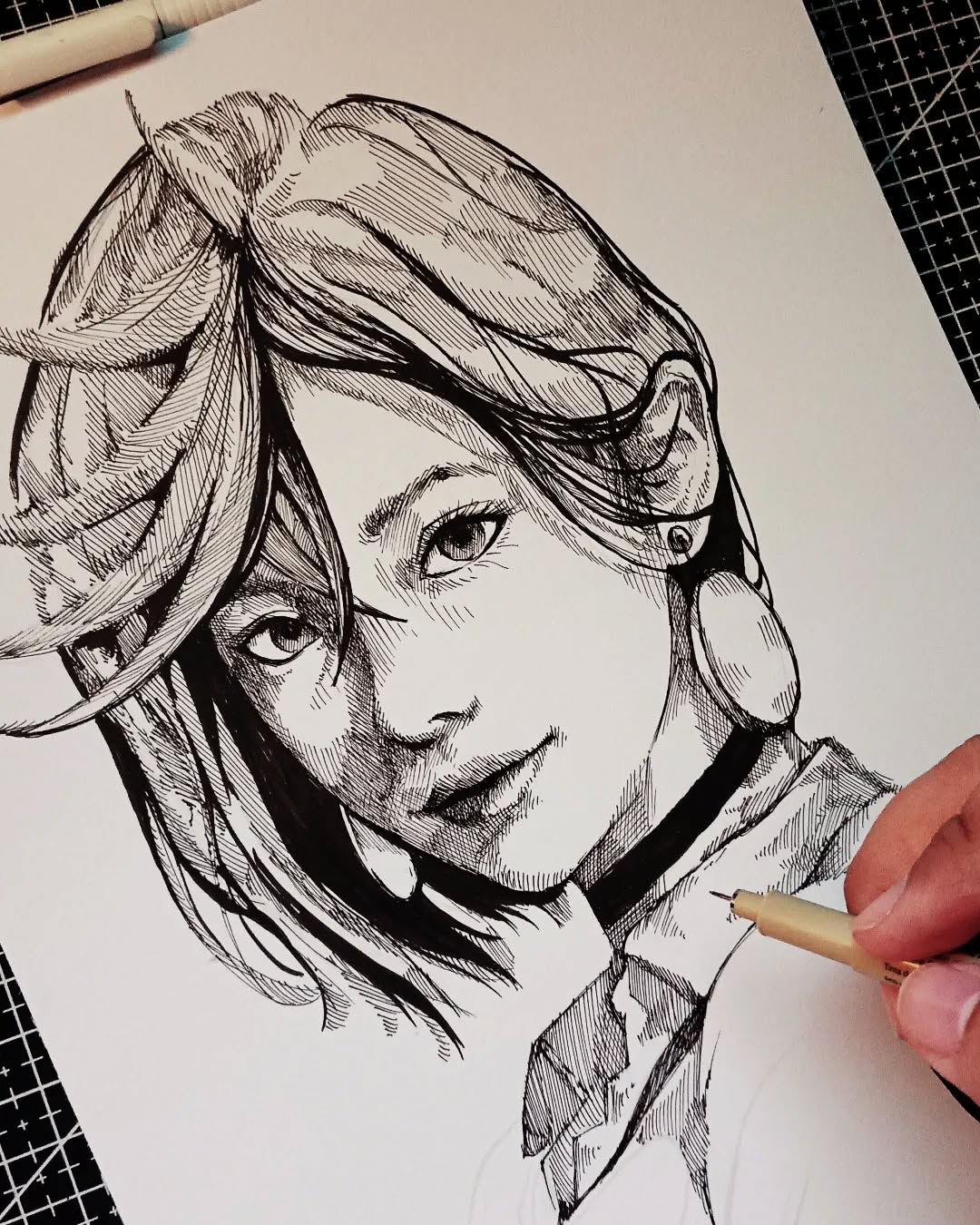
source @pogzart
Cross-hatching is an extension of hatching. It involves layering intersecting lines to build up more depth and darker tones. The more layers you add, the more dimensional your drawing becomes. Cross-hatching is particularly useful in drawing figures, architectural designs, and nature. It can also add texture, such as the roughness of tree bark or the soft folds of fabric. To master this technique, practice creating different angles of intersecting lines and experiment with spacing to see how it affects the final tone.
3. Stippling – The Art of Dots
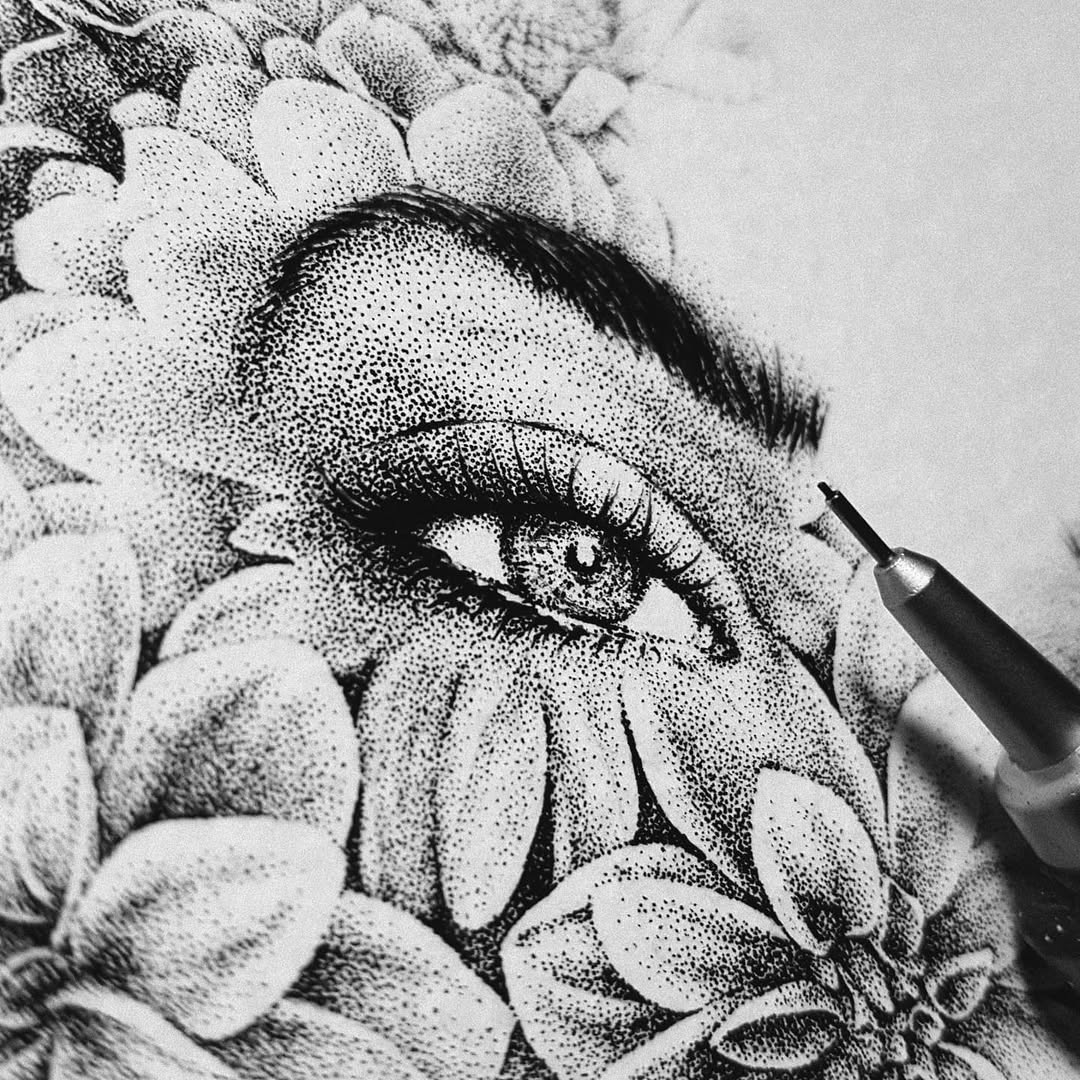
source @oneiscool
Stippling is the technique of creating shading through small, controlled dots. This technique allows for soft transitions of tone and is especially effective for fine detail work. It may take some patience, but the result is often breathtaking, with a gentle gradient that can make your work feel more lifelike. Stippling is great for landscapes, portraits, and even detailed textures like fur or clouds. The key to mastering stippling is to control the density and proximity of your dots, ensuring they create smooth tonal changes.
4. Blending – Smooth and Seamless Shading
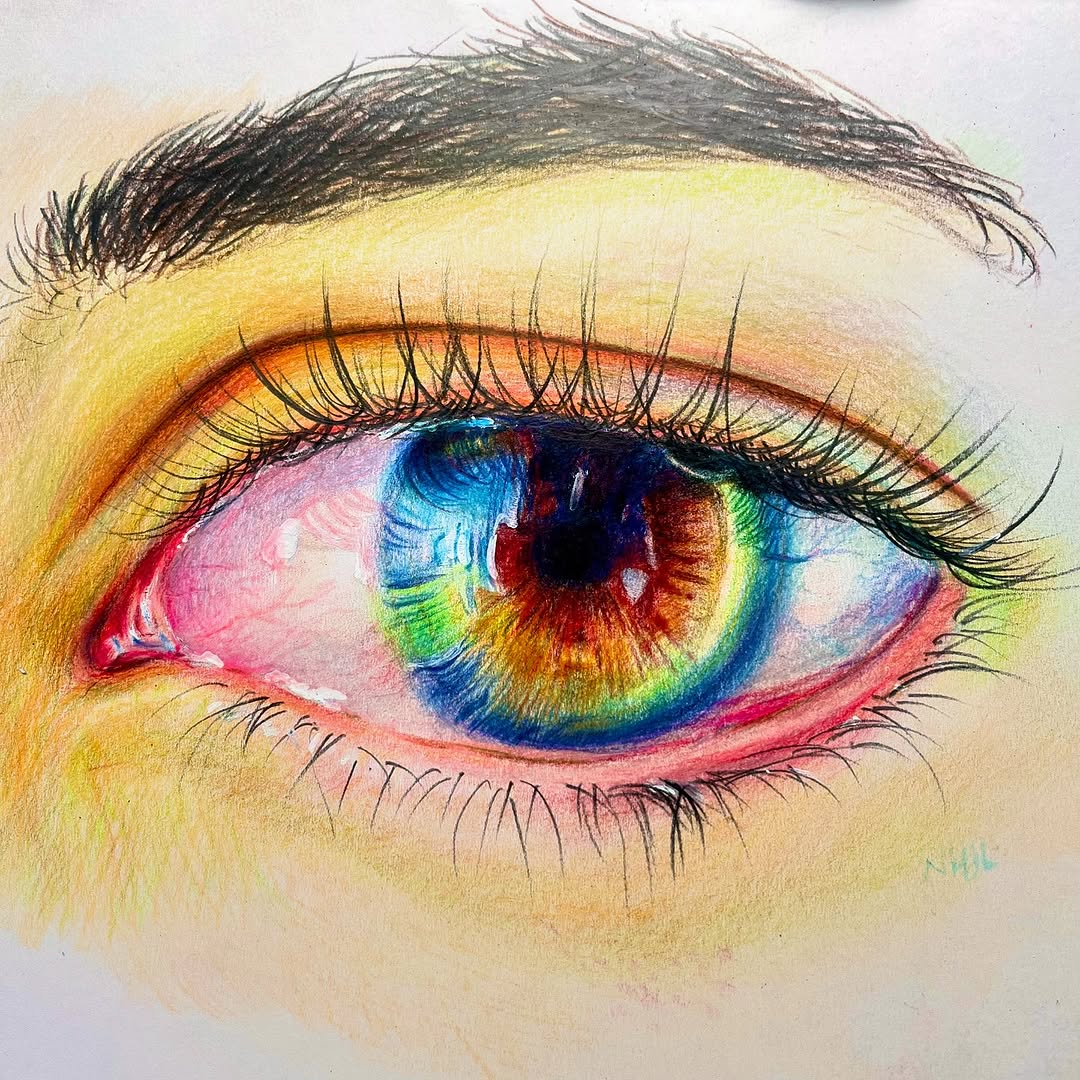
source @artstellar.nitil
Blending is essential for achieving smooth, seamless transitions between light and dark areas in your drawing. It’s particularly useful for rendering portraits or any drawing that requires a soft, gradient look. To blend effectively, use blending stumps, tissue paper, or even your fingers to smudge the graphite. The key is to gradually blend the lines together, maintaining control over the direction of your shading. Practice on different textures to create realistic effects such as smooth skin, soft fabric, or glossy surfaces.
5. Contour Drawing – Define with Outlines
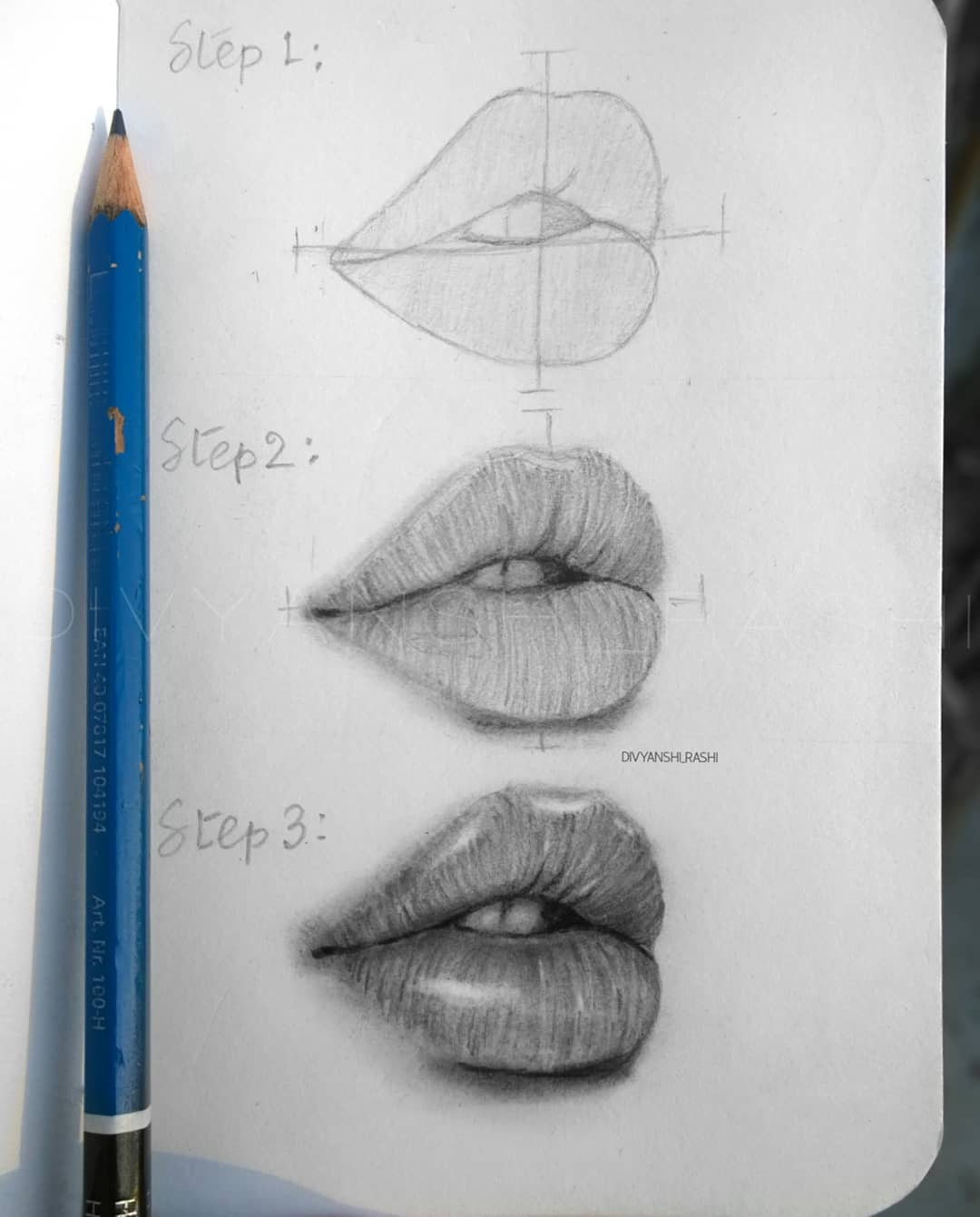
source @divyanshi_rashi
Contour drawing focuses on capturing the outlines of an object or scene. By drawing only the outer edges, contour drawing helps you focus on shape and proportion rather than details. This technique is often used for sketches and studies, especially when trying to understand the basic form of a subject before diving into more intricate work. A great way to practice this technique is to draw a subject without lifting your pencil, allowing your lines to flow continuously. This will train your hand to follow the natural contours of your subject.
6. Gesture Drawing – Capturing Motion
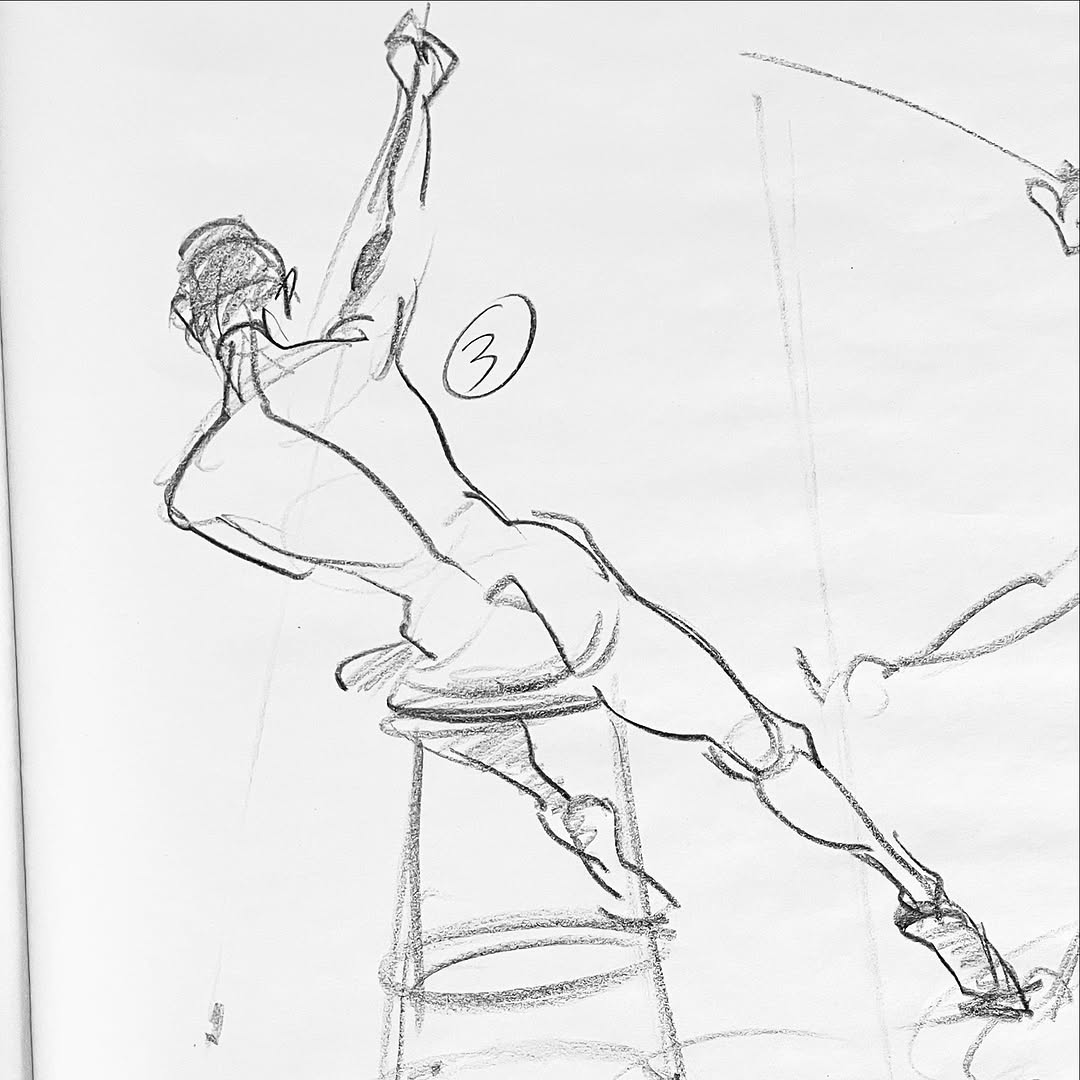
source @gilliangestures
Gesture drawing is a quick and loose way to capture the movement and posture of a subject, usually within a few seconds to a minute. It’s commonly used in figure drawing sessions, where an artist must capture the human form in motion. The goal is not to focus on details but rather to depict the energy and essence of the movement. Gesture drawing helps improve your ability to draw dynamic and lifelike poses. Start with a light hand and focus on the flow of the subject’s body.
7. Negative Space Drawing – Seeing Beyond the Object
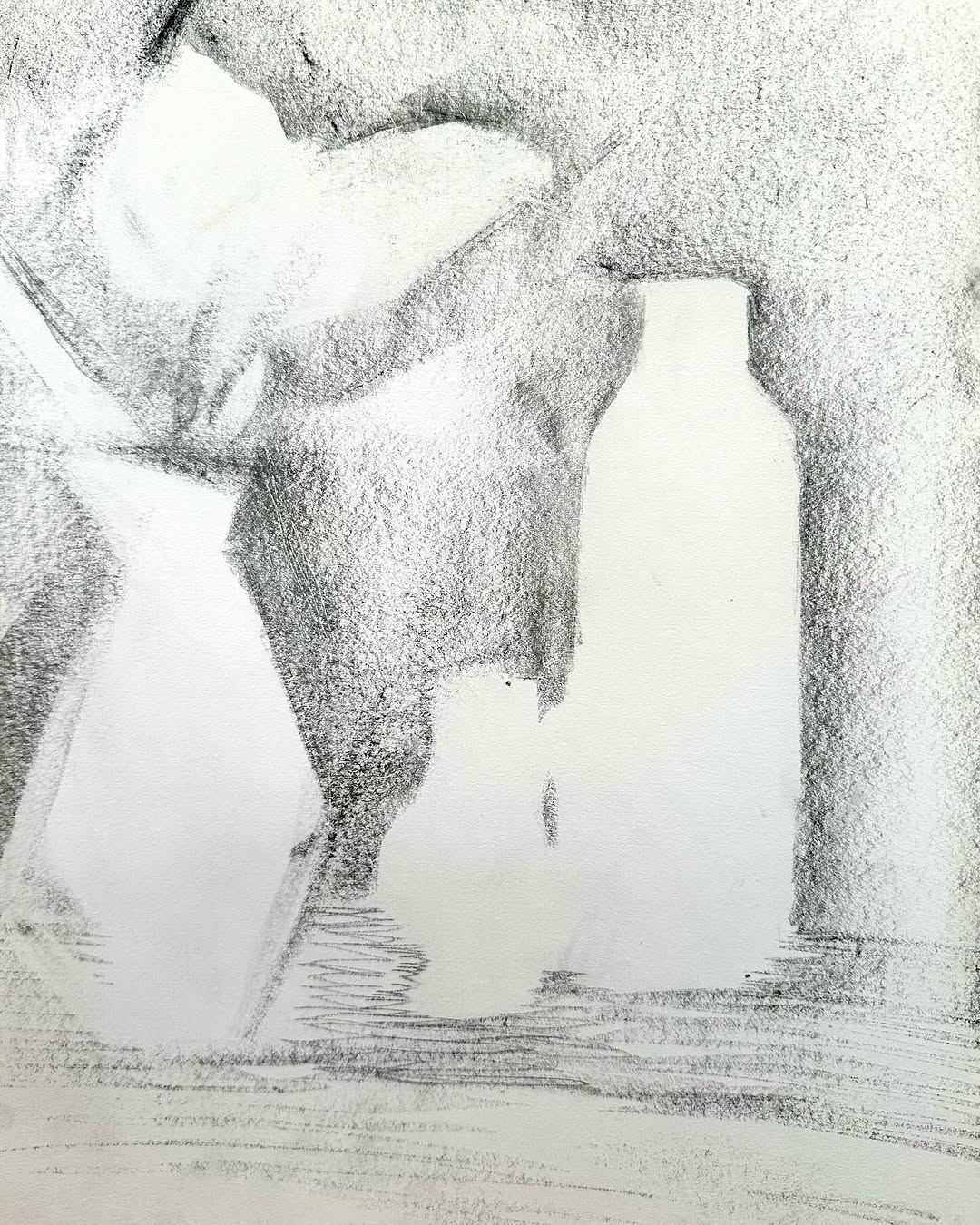
source @swirl_art_art_tutor
Negative space drawing focuses on the empty space surrounding and between objects. By concentrating on the spaces that are often overlooked, you’ll begin to see your subject in a completely new light. This technique improves your ability to observe proportions and relationships between elements. It’s a great way to improve composition and balance in your artwork. To practice, choose a simple object and draw only the spaces around it. This forces you to think differently and enhances your understanding of form and structure.
8. Perspective Drawing – Depth and Dimension
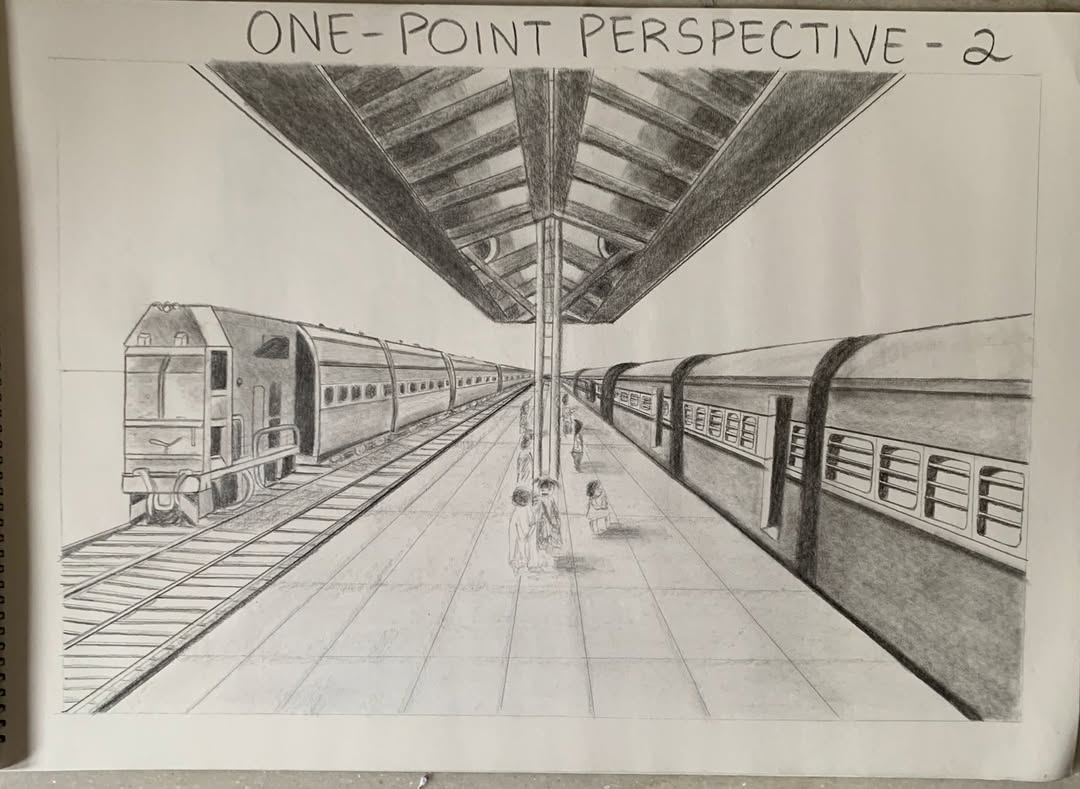
source @sampratishta
Perspective drawing is essential for adding depth and realism to your artwork. Whether you’re drawing a cityscape, a road, or a room, understanding perspective helps you create the illusion of three-dimensional space on a two-dimensional surface. The three most common types of perspective are one-point, two-point, and three-point. Each type involves a different approach to vanishing points and horizon lines, helping you achieve the right depth in your drawings. Mastering perspective can be challenging at first, but it’s essential for creating realistic and captivating art.
9. Grid Method – Proportion and Accuracy
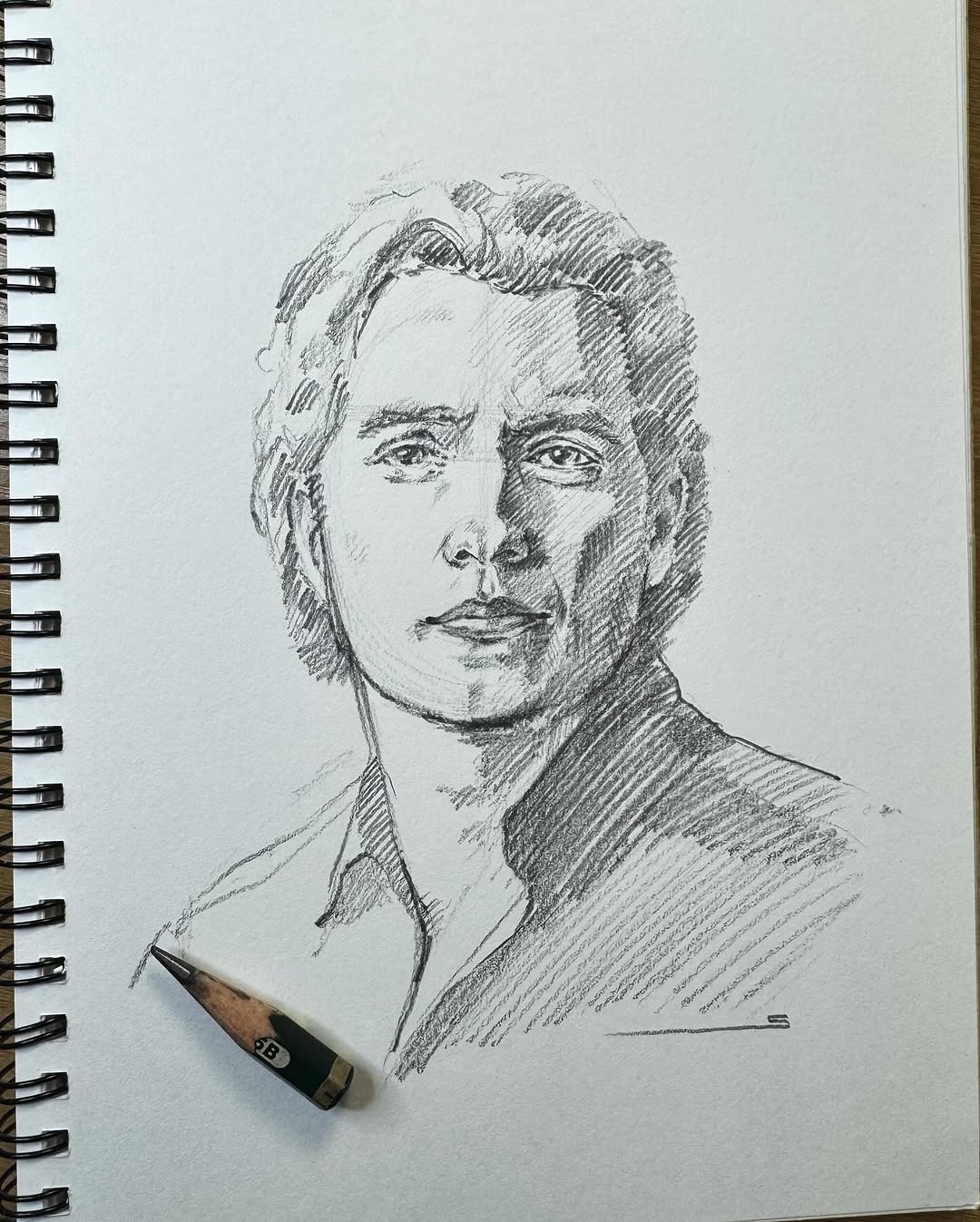
source @sinarty77
The grid method is a technique used to improve accuracy when drawing or scaling images. By breaking down your subject into smaller squares, you can easily reproduce an image with accurate proportions. This method is commonly used when transferring images onto a larger scale or when you want to ensure precise detail. The grid helps you focus on one section at a time, making it easier to capture proportions correctly.
10. Light and Shadow – Mastering Contrast

source @proartacademy_
Understanding light and shadow is essential for giving your drawings depth and dimension. Shadows help define the shape and form of objects, while light brings out the highlights. The interplay between light and shadow is what gives your artwork a three-dimensional feel. By experimenting with different light sources, you can create dramatic contrasts and subtle transitions.
11. Texture Techniques – Bringing Drawings to Life
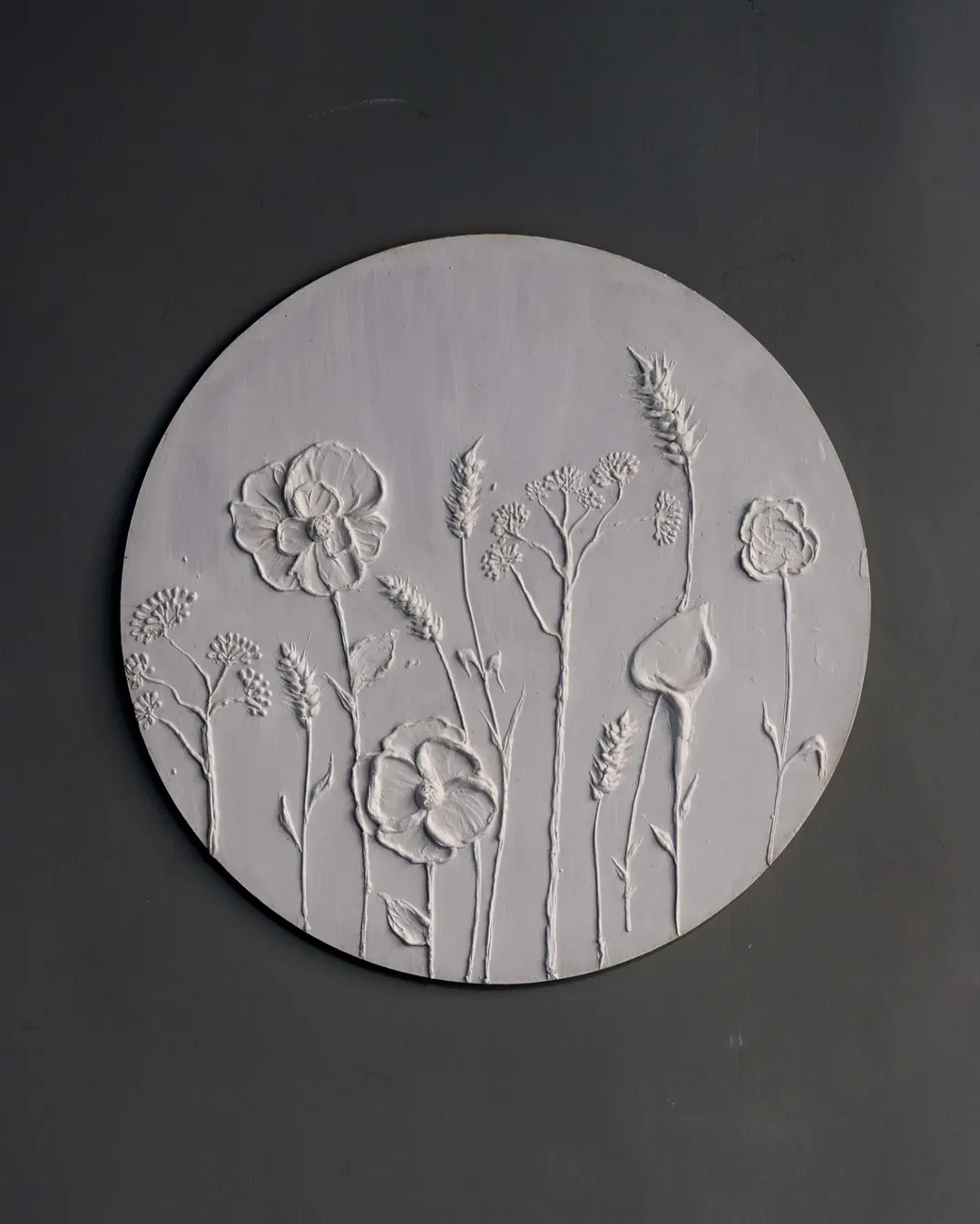
source @theartsycircle7
Texture adds realism and interest to your drawings, making them feel more tangible. Whether you’re drawing the rough surface of a stone, the soft fur of an animal, or the smoothness of a metal object, texture helps differentiate various materials. Experiment with different techniques such as hatching, stippling, and cross-hatching to represent various textures. The key to mastering texture is observation—carefully study your subject to understand how light interacts with its surface.
12. Scumbling – Soft, Scribbled Shading
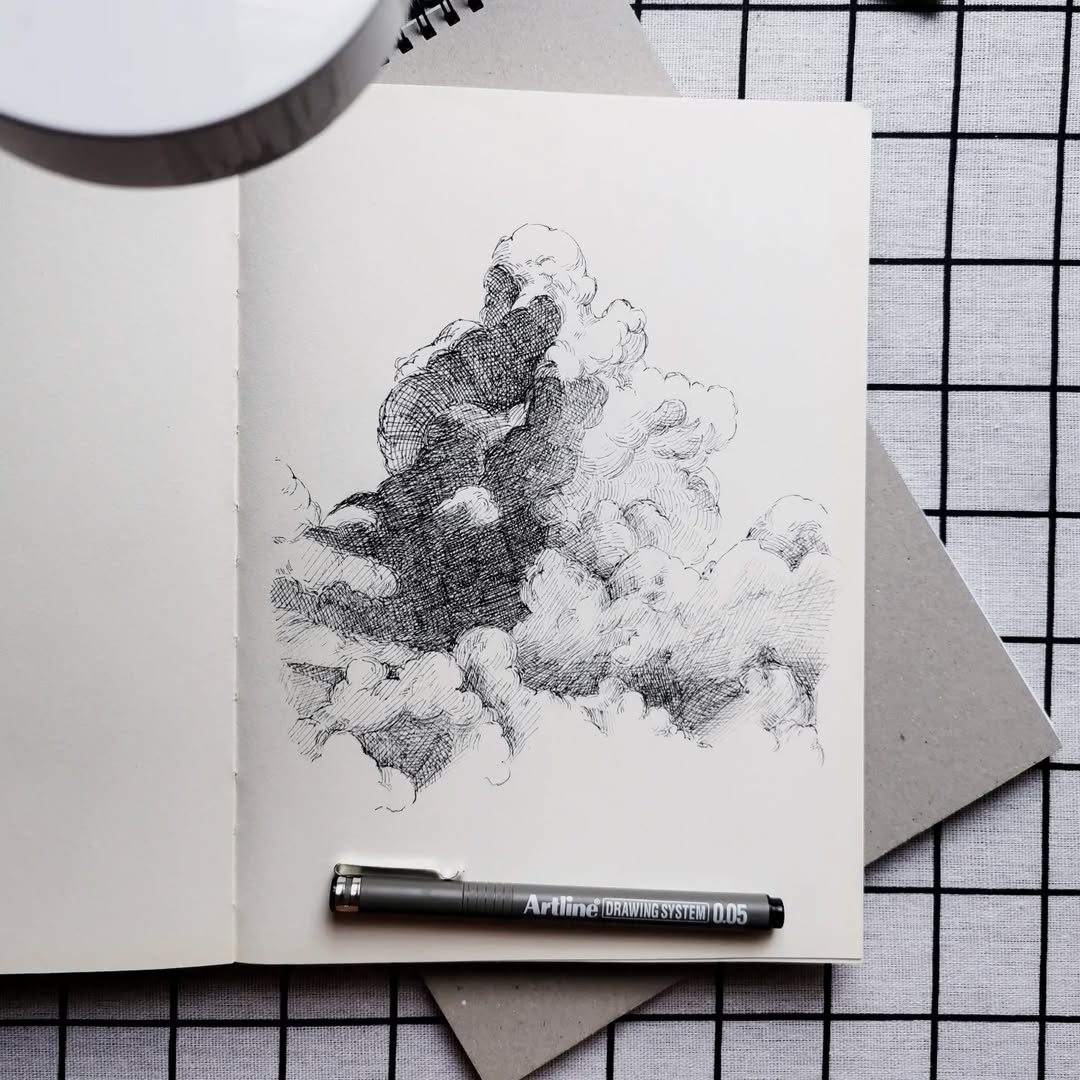
source @hidayah_arts
Scumbling is a technique where you use a scribbled, circular motion to create soft, shaded areas. This method allows for gradual tonal transitions and is great for rendering textured surfaces like clouds, skin, or fabric. Scumbling works well with both graphite and charcoal. It’s important to layer your strokes lightly and gradually increase the pressure to achieve darker values.
13. Foreshortening – Illusions of Depth
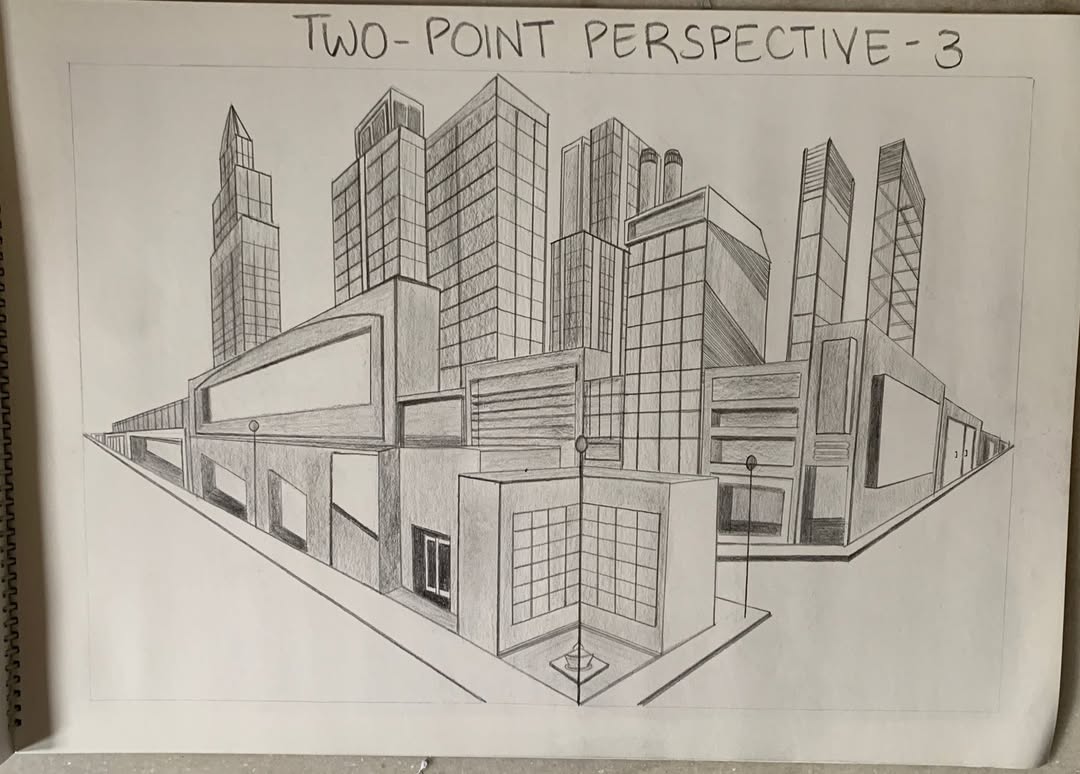
source @sampratishta
Foreshortening is a technique that creates the illusion of depth by distorting the proportions of objects that are viewed from an extreme angle. When done correctly, foreshortening can make objects appear to recede or extend dramatically toward or away from the viewer. This technique is most commonly used in figure drawing, but it can also be applied to other subjects. It requires a keen understanding of perspective and proportion, and practicing it regularly will improve your ability to render realistic and dynamic compositions.
14. Sighting and Measuring – Get Proportions Right
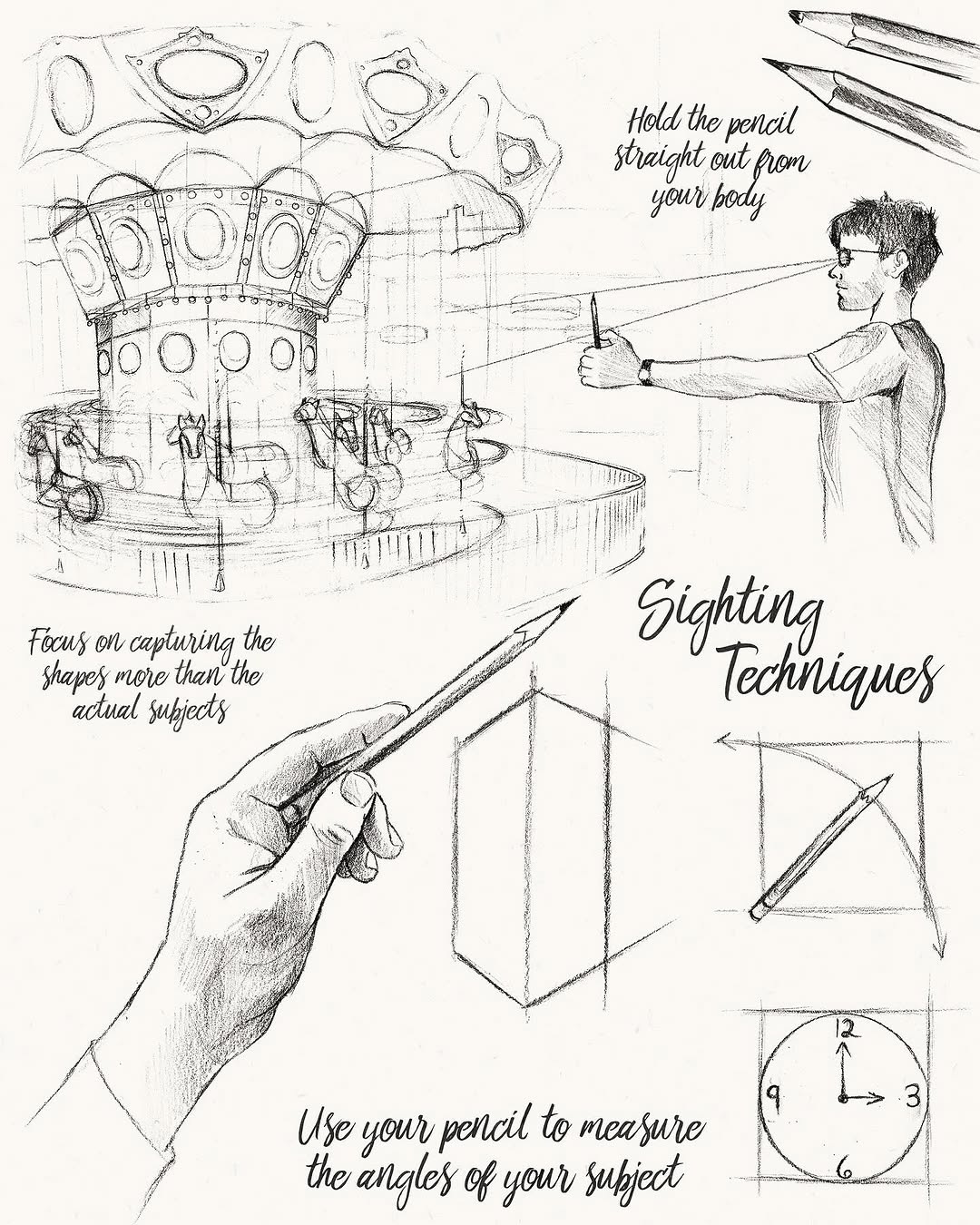
source @artistsdrawingbook
Sighting and measuring are techniques used to assess proportions and angles in your drawing. Using your pencil or another tool, you can measure the relative sizes and angles of elements in your subject. This helps ensure accuracy and consistency in your artwork. By focusing on the relationships between different parts of your subject, you can create more balanced and proportionate drawings.
15. Drawing from Imagination – Unleash Creativity
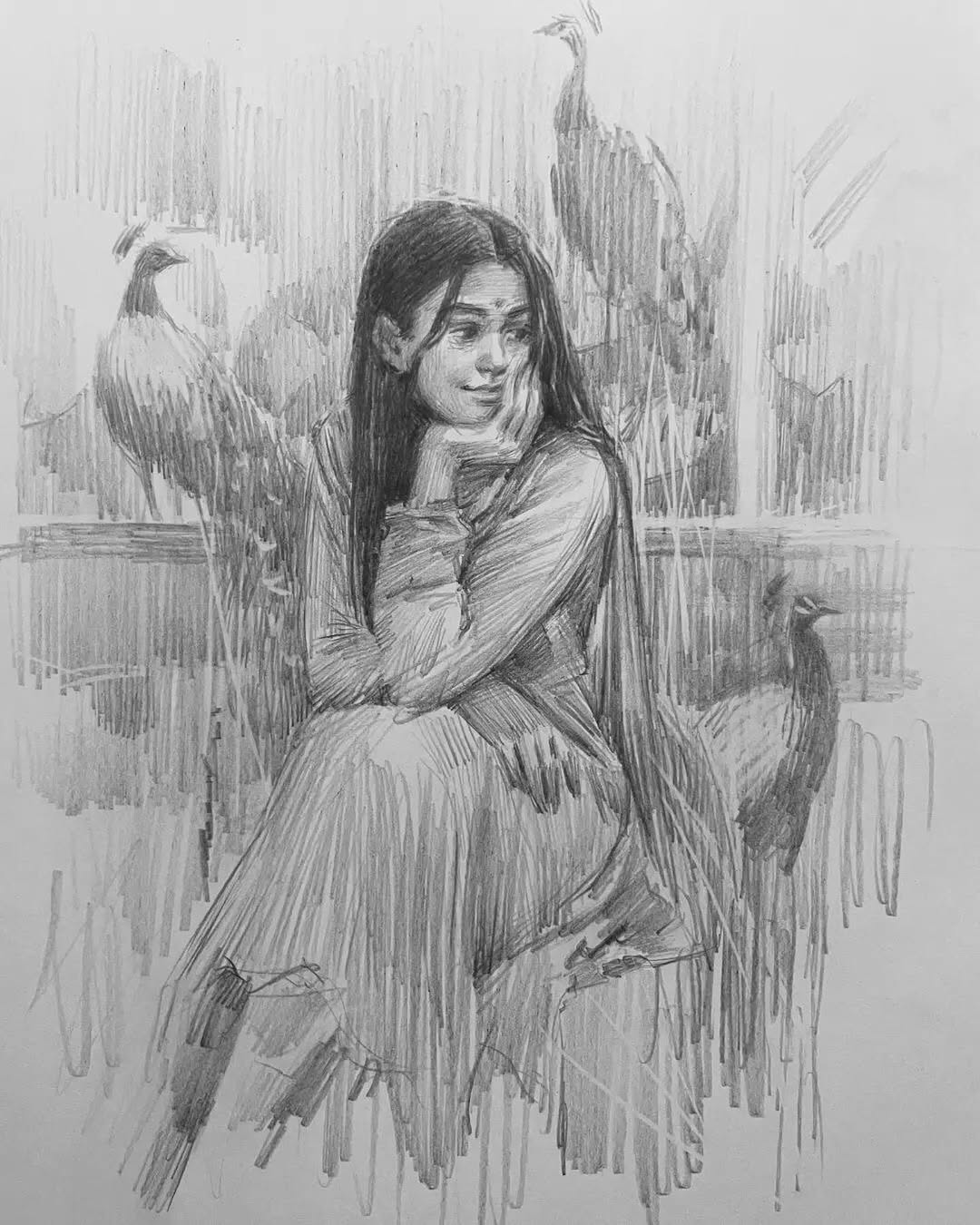
source @indian.pencilart
Drawing from your imagination is one of the most liberating techniques. It allows you to create entirely new worlds and subjects without relying on reference material. This technique encourages you to tap into your creativity and think outside the box. Practice by sketching from your mind’s eye—start with basic shapes and build from there, allowing your imagination to take the lead.
16. Ink Drawing – Precision and Permanence
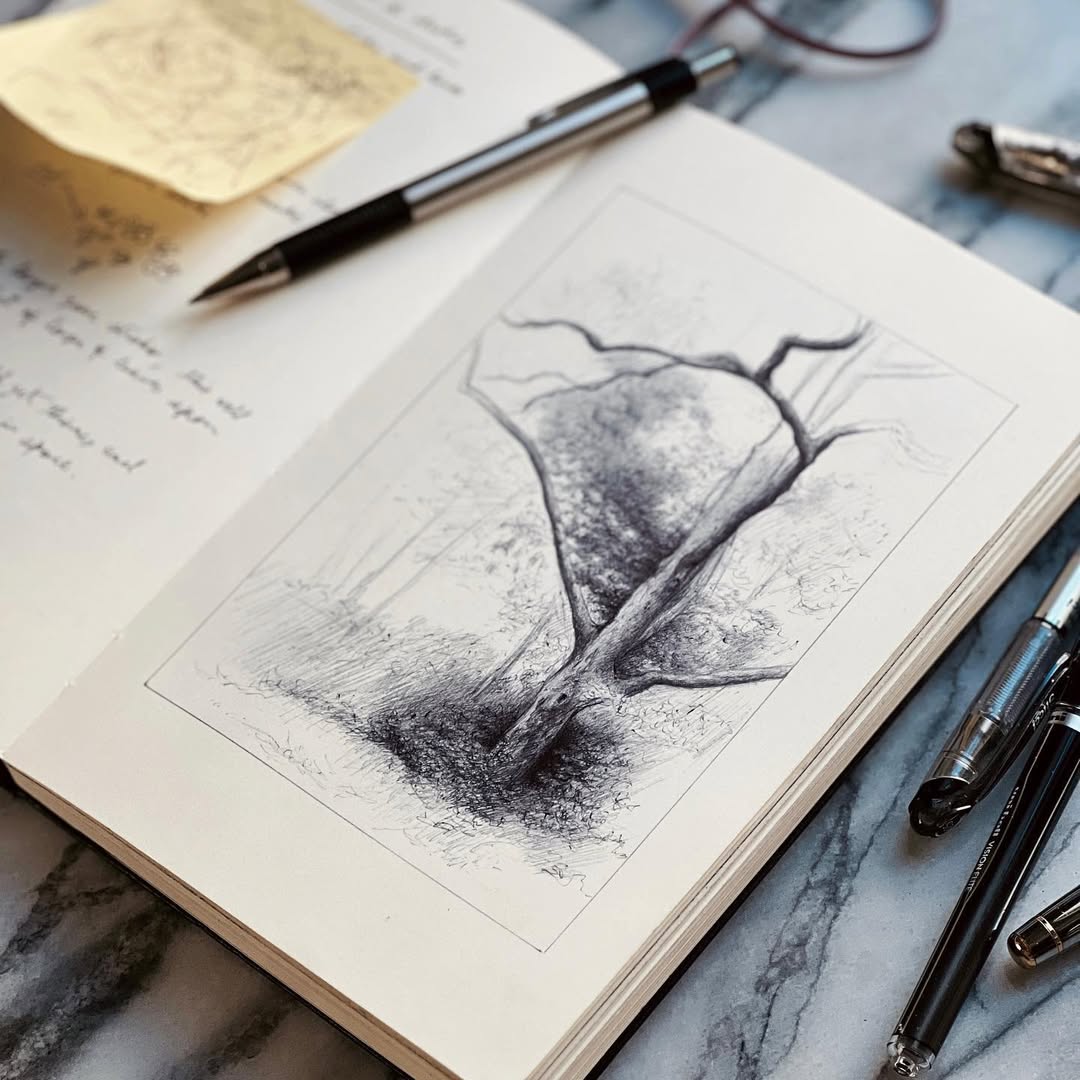
source @luiscolanart
Ink drawing involves using ink pens, markers, or brushes to create bold, defined lines that are permanent. Unlike pencil, which can be easily erased, ink forces you to commit to your lines. This technique is great for creating sharp contrast and defining elements in your drawings. To achieve precision, practice controlling your pen pressure and varying your line thickness to emphasize different parts of the artwork.
17. Color Theory in Drawing – Beyond Black and White
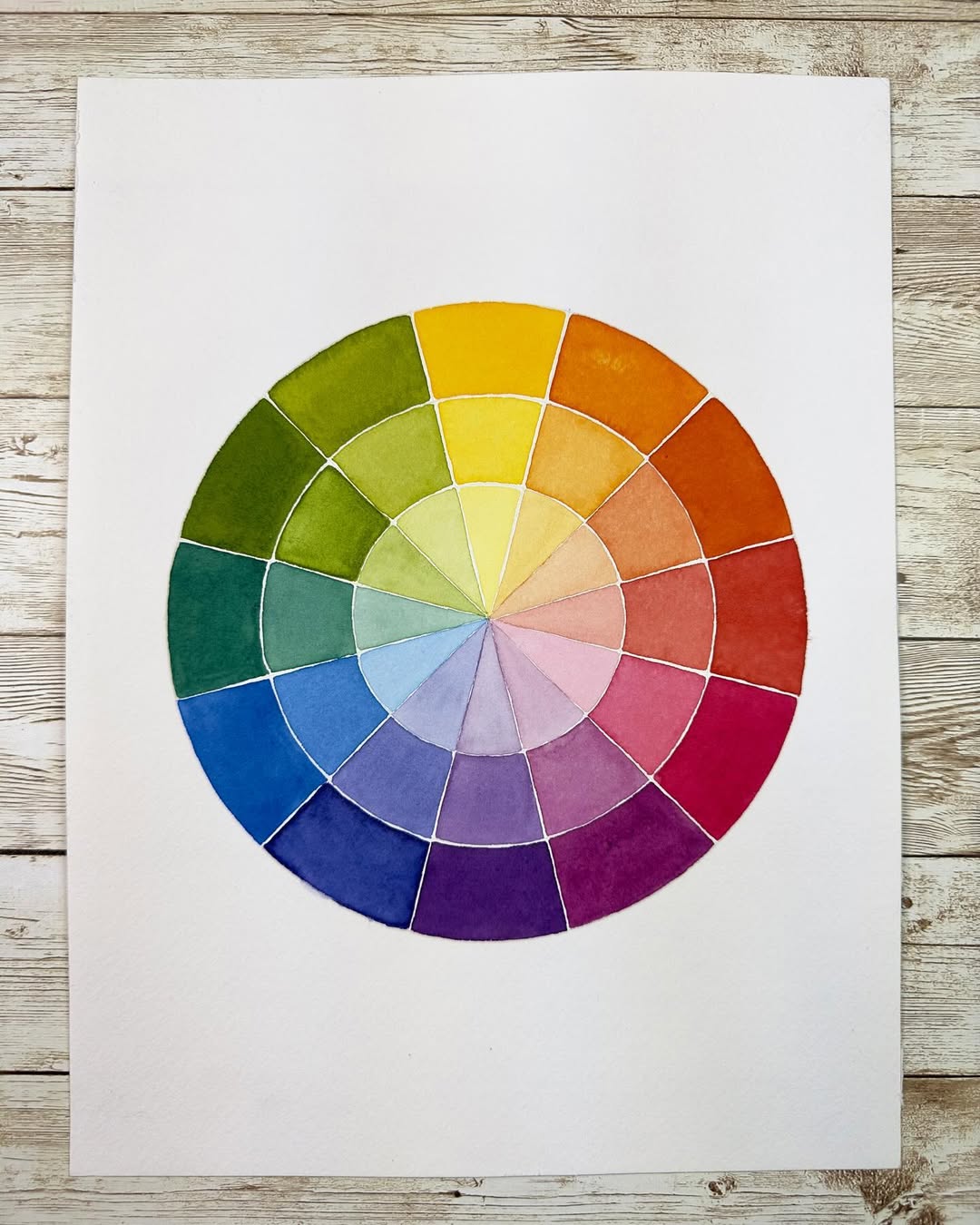
source @varias__art
Understanding color theory is essential for any artist working with colored mediums like pencils or pastels. Color theory is about understanding how colors interact and how to use them effectively in your artwork. By learning about complementary colors, color harmony, and the color wheel, you can create visually striking compositions.
18. Caricature Drawing – Exaggeration for Expression
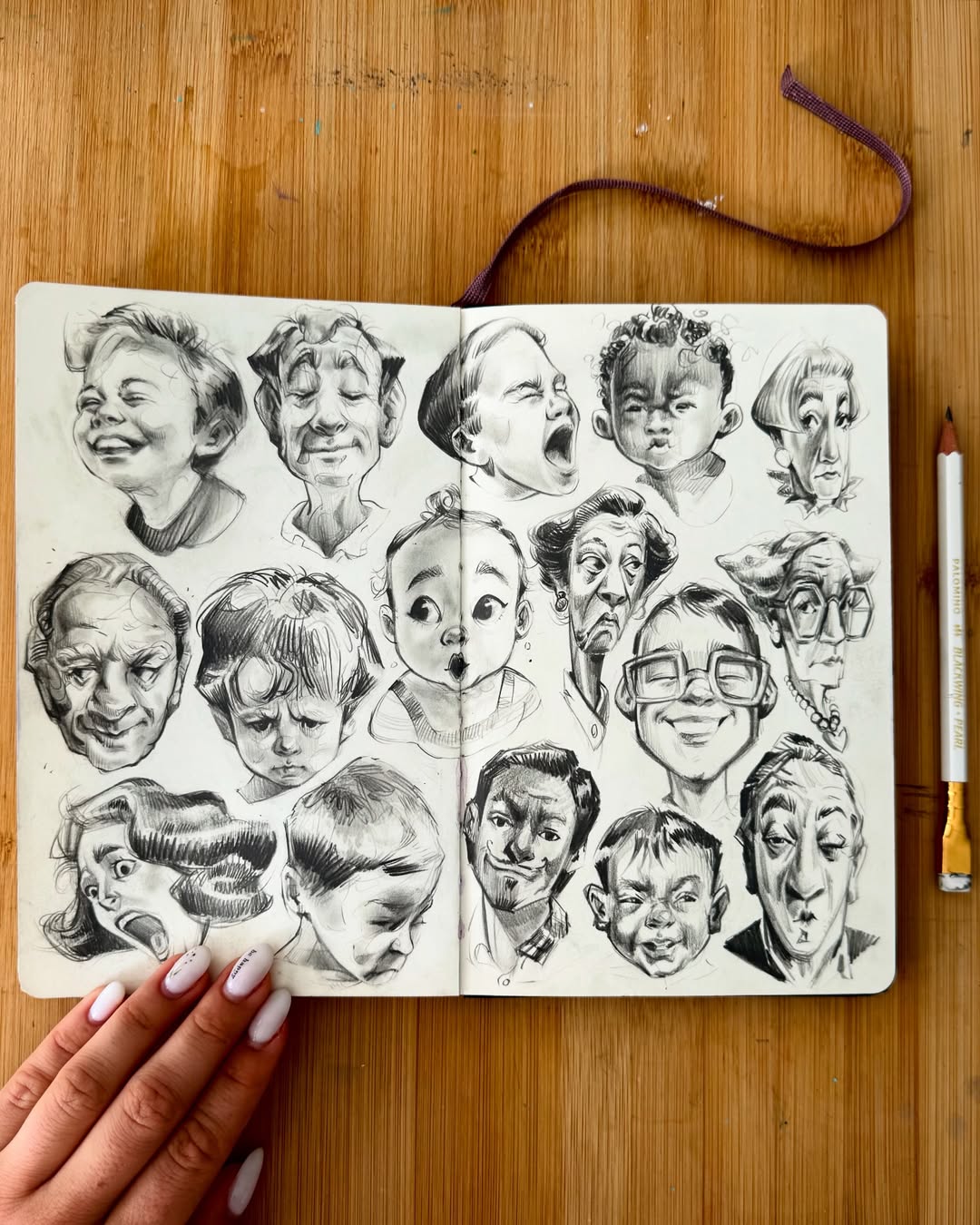
source @jess.karp
Caricature drawing involves exaggerating certain features or characteristics of your subject to create a humorous or stylized image. This technique is commonly used in cartooning and portraiture. It challenges your observational skills by encouraging you to focus on the most distinct aspects of your subject, like oversized eyes or a larger-than-life smile.
19. Mixed Media Techniques – Combining Art Styles
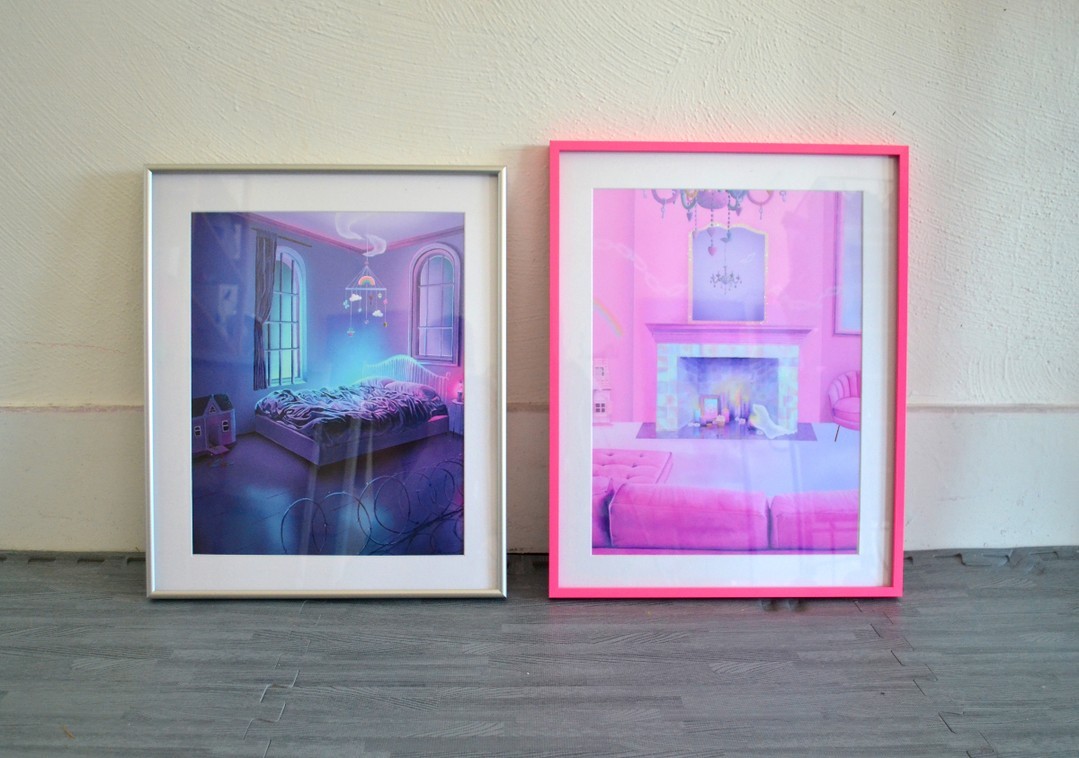
source @frameiteasy
Mixed media is the practice of combining different drawing tools and materials, such as graphite, ink, pastels, and watercolor, to create a single piece of artwork. This technique allows for greater texture, depth, and visual interest. Experiment with different combinations to see how various materials interact with one another. Mixed media can be particularly useful when creating abstract or conceptual artwork.
20. Continuous Line Drawing – One Stroke Magic
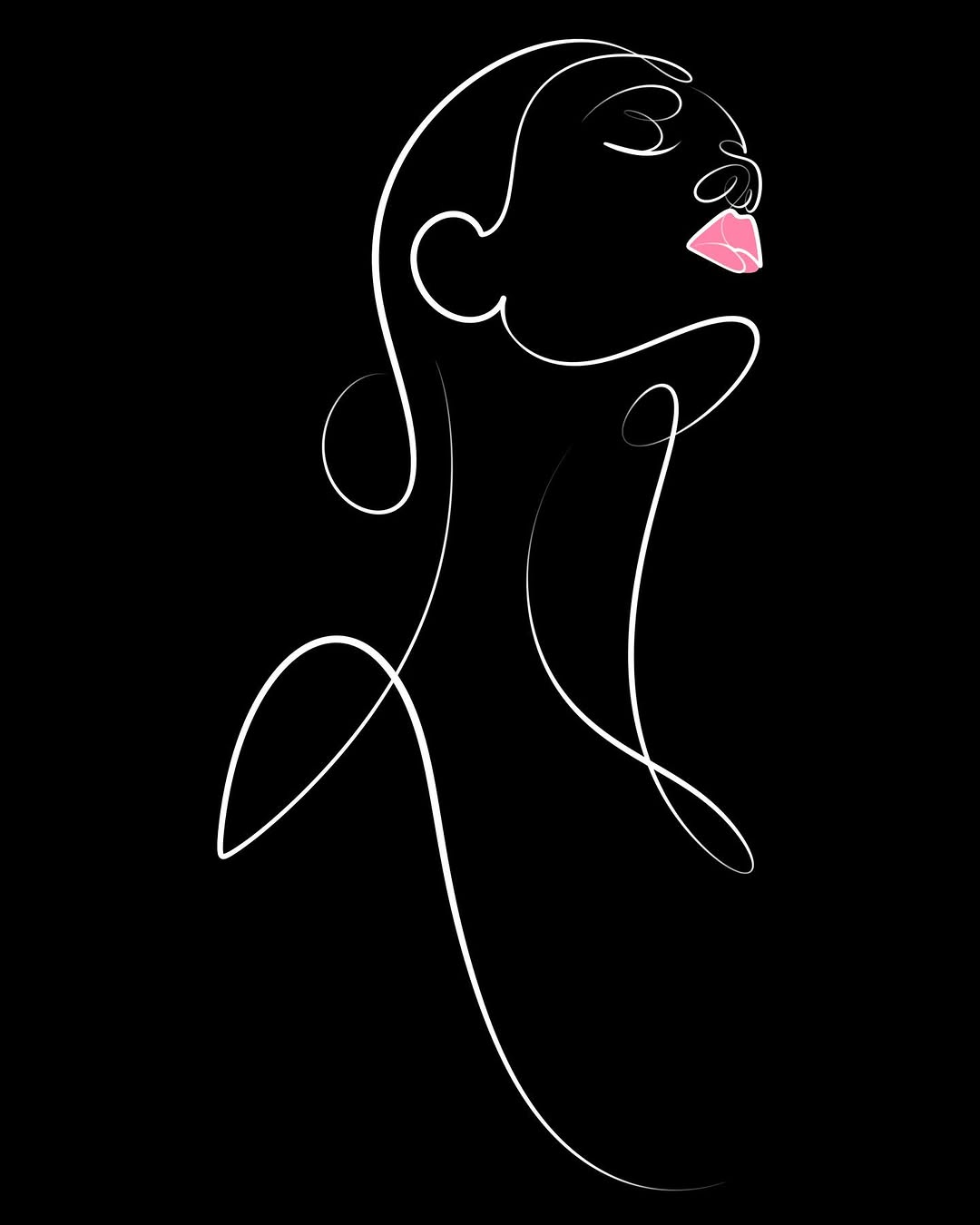
source @lineart_ly
Continuous line drawing is an exercise in simplicity and flow. This technique involves drawing an entire subject with one continuous line without lifting your pen or pencil. It challenges your hand-eye coordination and encourages you to think about the subject in a fluid and unbroken manner. This technique is great for capturing the essence of a subject quickly, and it can result in stunningly expressive artwork.

